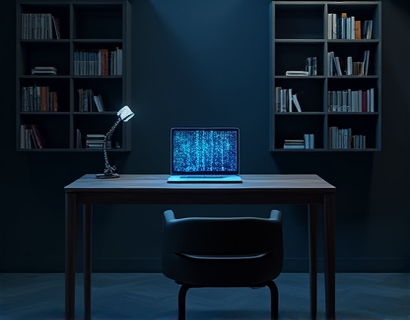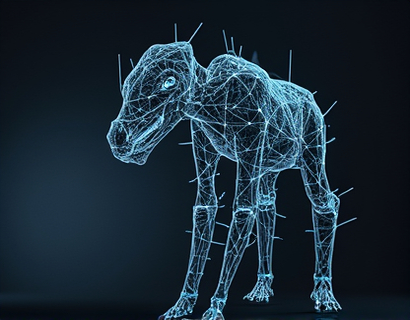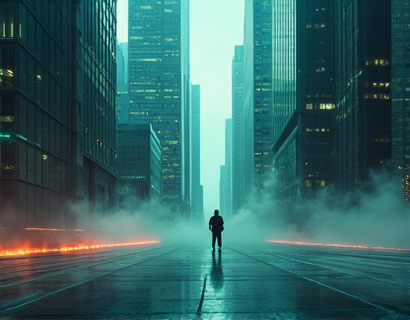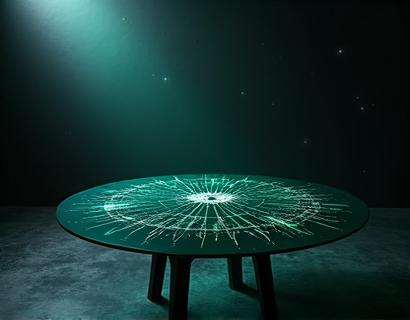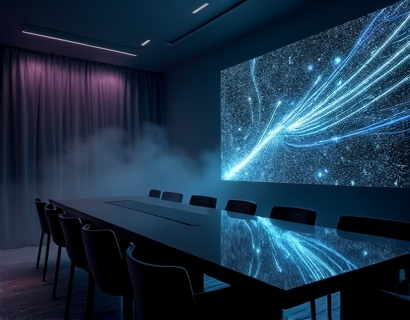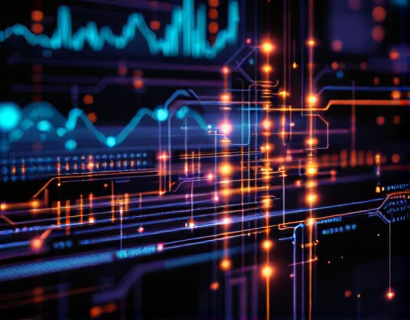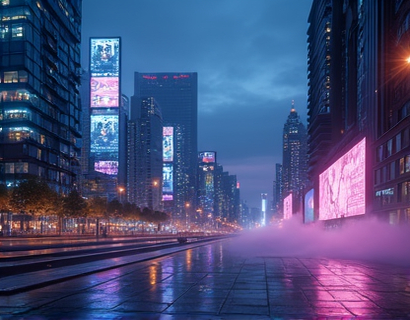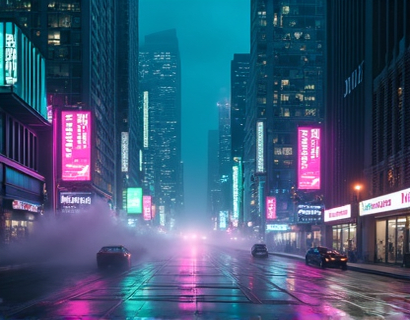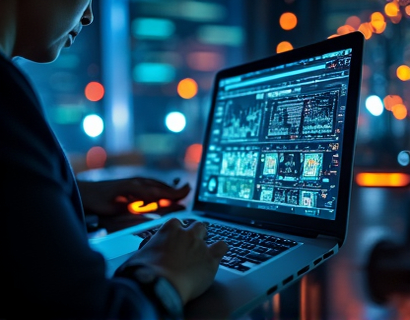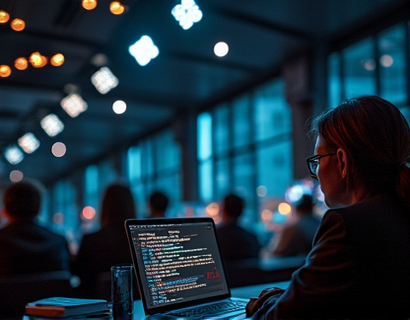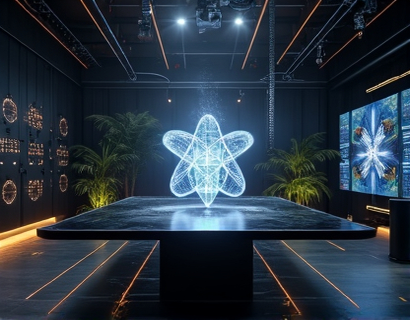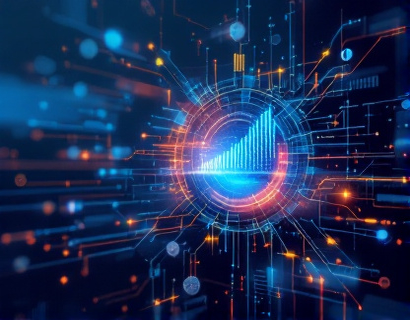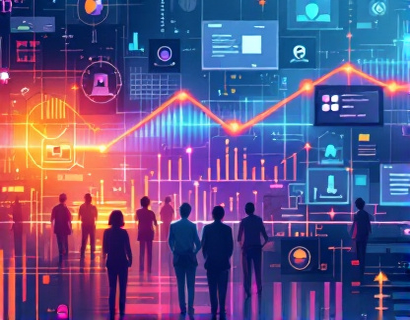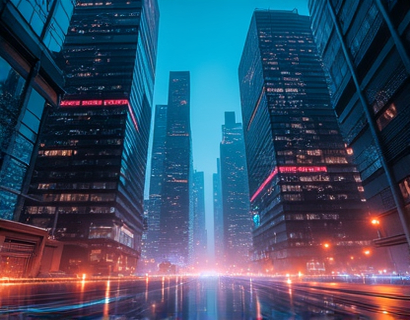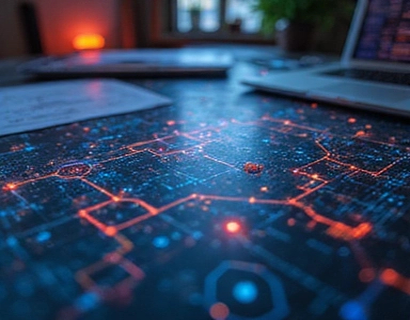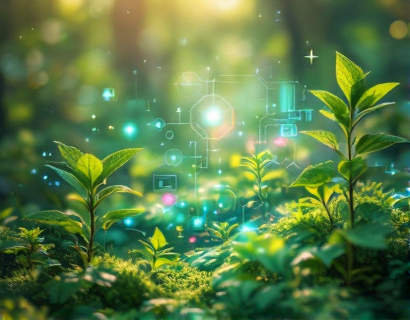Detecting AI-Generated and Altered Images: A Comprehensive Guide to Ensuring Digital Content Authenticity
The rise of artificial intelligence has brought about unprecedented capabilities in creating and altering digital images, posing significant challenges to the authenticity of visual content. In an era where visual manipulation is increasingly sophisticated, ensuring the integrity of digital media has become crucial for professionals across various fields. This comprehensive guide delves into the methods and tools available for detecting AI-generated and altered images, emphasizing the importance of maintaining content authenticity and trust.
Understanding the Challenge
The ability to create and modify images using AI technologies has democratized visual content creation, but it has also introduced a new layer of complexity. AI-generated images, often referred to as deepfakes or synthetic media, can be nearly indistinguishable from real photographs. Similarly, altered images, which have been manipulated post-capture, can mislead viewers and undermine the credibility of sources. For digital media professionals, content creators, brand managers, security analysts, legal and compliance teams, journalists, and educators, the ability to verify the authenticity of visual content is paramount.
Consequences of Untrusted Visual Content
The repercussions of untrusted visual content are far-reaching. In the realm of brand management, a single altered image can tarnish a company's reputation and lead to significant financial losses. For journalists and media outlets, the dissemination of fake or manipulated images can erode public trust and compromise journalistic integrity. In legal and compliance contexts, altered images can lead to misinterpretation of evidence, affecting the outcome of cases. Security analysts face the challenge of identifying malicious activities disguised through visual manipulation. Thus, the need for reliable tools and methods to detect AI-generated and altered images is more critical than ever.
Techniques for Detecting AI-Generated Images
Several techniques and technologies have been developed to detect AI-generated images. One of the most promising approaches is the use of machine learning algorithms trained to recognize patterns and anomalies in images created by AI. These algorithms can analyze various features such as texture, lighting, and facial expressions to determine if an image is likely generated by AI. Another method involves examining metadata, which can sometimes reveal signs of manipulation or indicate that an image has been altered.
Additionally, researchers have developed specific tools and software that can analyze the pixel-level details of an image. These tools look for inconsistencies in color gradients, shadows, and reflections, which are often difficult to replicate authentically. For instance, AI-generated faces may lack the subtle variations found in real human faces, such as minor imperfections and natural skin tones. By focusing on these details, it is possible to flag images that show signs of AI generation.
Detecting Altered Images
Detecting altered images involves a different set of techniques, as the modifications can be more subtle and varied. One effective method is to compare the suspected image with known originals using image comparison algorithms. These algorithms can detect changes in pixel values, color distributions, and structural elements. For example, if a part of an image has been replaced or altered, the comparison may reveal discrepancies that are not present in the original.
Another approach is to use watermarking technology, where a unique identifier is embedded into the image during creation. This watermark can be used to verify the authenticity of the image by checking if the identifier matches the original. However, this method is less effective against sophisticated alterations that do not disturb the watermark.
Blockchain technology also holds promise in ensuring the authenticity of images. By recording the creation and modification history of an image on a blockchain, it becomes possible to trace the image's lineage and verify its integrity. This decentralized and immutable ledger provides a transparent and secure way to authenticate digital content.
Tools and Software for Authentication
Several tools and software solutions have emerged to assist professionals in verifying the authenticity of digital images. These tools leverage advanced algorithms and machine learning models to detect signs of AI generation and manipulation. Here are some of the key tools available:
- Deep Fact Checker: This tool uses deep learning algorithms to analyze images and determine the likelihood of AI generation. It examines various features and provides a confidence score for its assessment.
- Image Verity: Image Verity employs a combination of machine learning and metadata analysis to detect altered images. It can compare images against a database of known originals and identify inconsistencies.
- Authenticity Pro: Authenticity Pro uses blockchain technology to verify the authenticity of images by checking their provenance and modification history. This tool is particularly useful for ensuring the integrity of images in legal and compliance contexts.
- Pixel Inspector: Pixel Inspector focuses on pixel-level analysis to detect anomalies in images. It can identify irregularities in color gradients, shadows, and textures that may indicate AI generation or manipulation.
- MetaVerify: MetaVerify is a comprehensive platform that integrates multiple detection methods, including machine learning, metadata analysis, and blockchain verification. It provides a detailed report on the authenticity of images, making it a robust solution for professionals across various fields.
These tools are designed to be user-friendly and accessible, allowing professionals to integrate them into their workflows seamlessly. Whether used for content creation, brand management, security analysis, legal compliance, journalism, or education, these tools empower users to maintain the integrity of their digital content.
Best Practices for Ensuring Content Authenticity
To effectively use these tools and ensure the authenticity of digital content, several best practices should be followed:
First, always source images from reputable and verified origins. Using trusted providers and platforms reduces the risk of encountering manipulated or AI-generated content. Second, implement a multi-step verification process that includes both automated tools and manual reviews. This layered approach increases the accuracy of authenticity assessments.
Third, stay informed about the latest trends and techniques in AI-generated and altered images. The field is rapidly evolving, and staying updated helps in identifying new signs of manipulation. Fourth, educate team members on the importance of digital authenticity and train them to use verification tools effectively. Finally, maintain transparency with your audience about the measures taken to ensure content authenticity, building trust and credibility.
Conclusion
The ability to detect AI-generated and altered images is essential in today's digital landscape. By leveraging advanced tools and following best practices, professionals can safeguard the integrity of their content and maintain trust with their audiences. As technology continues to advance, the tools and methods for authentication will evolve, but the commitment to digital authenticity must remain a priority. Embracing these solutions not only protects brands and reputations but also enhances informed decision-making in various sectors.





